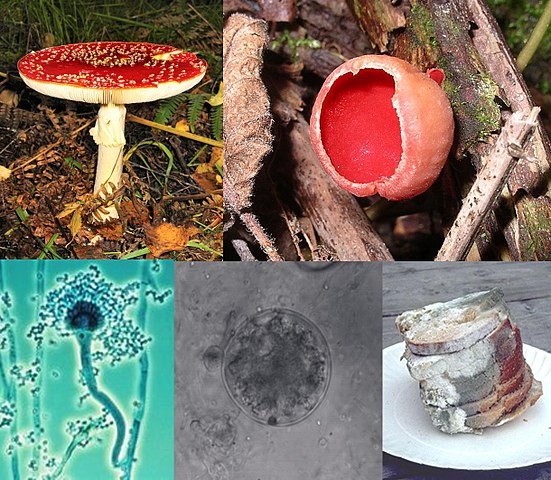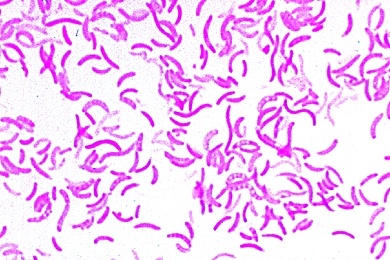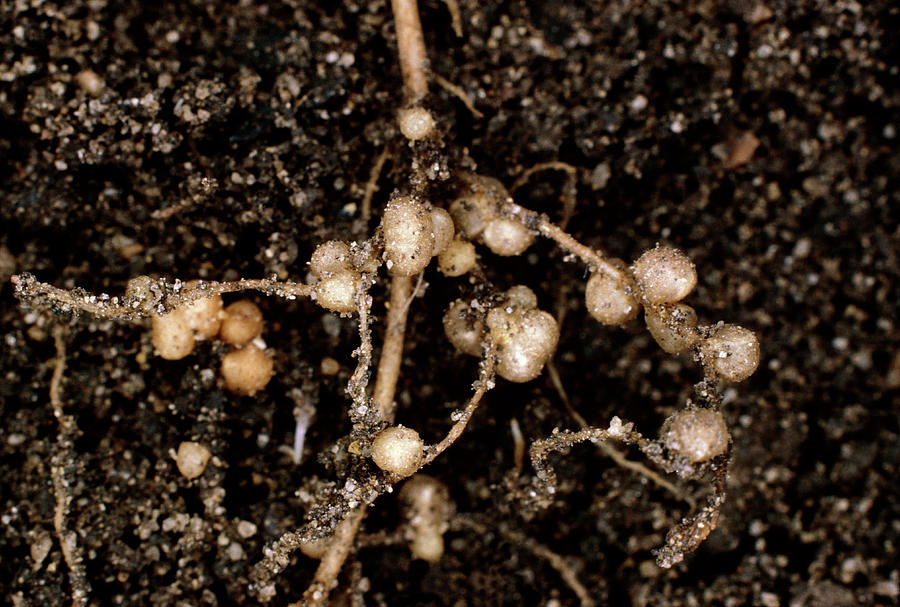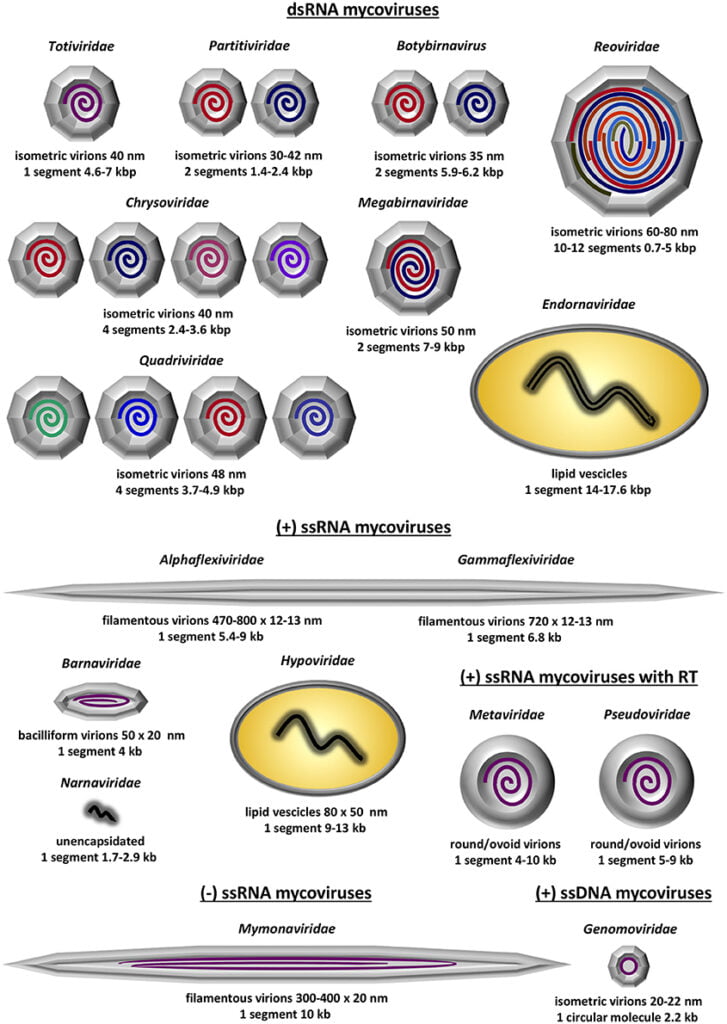In this tutorial we learn about the types of nutrition adopted by microorganisms such as heterotrophs, mixotrophs, auxotrophs, protoautotroph, pathogens and symbionts
Heterotrophs
Heterotrophs are a Nutrition adopted by microorganisms that cannot synthesise their food using inorganic sources like carbon dioxide and their dependence upon complex organic substances as a source of carbon are called Heterotrophs. 95% of all living organisms are heterotrophs including animals, fungi and most bacteria, called consumers.
Heterotrophs are those that break down complex organic compounds such as carbohydrates, fats and protein produced by autotrophs into simpler compounds, carbohydrates to glucose, fats to fatty acids and glycerol and proteins into amino acids.
Nutrition adopted by microorganisms that specifically feed on the dead and decayed organic matter is called Saprophytes and release energy by oxidising carbon and hydrogen atoms present in these organic compounds to carbon dioxide and water respectively.

Organotrophs
An organotroph is nutrition adopted by microorganisms that use organic compounds as electron donors. Organotrophs are heterotrophs using organic compounds as sources of electrons and carbon and use the chemical bonds in the organic compounds as an energy source. These organic compounds include carbohydrates, fatty acids, alcohols.
Example: Rhodospirillum uses fatty acids to derive energy, purple non-Sulphur bacteria organotrophic bacteria.

Mixotrophs
A Mixotroph is a nutrition adopted by microorganisms that can utilise a mixture of various sources of energy and carbon, as a replacement for having a single trophic mode of autotrophy at one end to heterotrophy at the other.
Mixotrophs can be either eukaryotic or prokaryotic and can take advantage of different environmental conditions. Mixotrophs can either be obligate or facultative, and the combination can be photo and chemotrophy, litho and organotrophy or auto and heterotrophy.
Example: Beggiota sp
Auxotroph
An auxotroph (Auxo means to increase nourishment) of an organism is defined as the inability of the organism to synthesise a particular organic compound required for its growth. For example, E.coli cannot grow until histidine, supplied in the media.
Auxotrophy results from a cell’s genetically determined inability to produce a reasonable amount of functional enzymes catalyse the synthesis of essential growth factors. Replica plating techniques is an essential method for the isolation of auxotrophic mutants.
Protoautotroph
Protoautotroph is one type of nutrition adopted by microorganisms that can synthesise all the compounds required for its growth, that parent organism could and requires minimal culture media that lacks even certain growth factors. E.coli can thrive and synthesise all its cell components in a solution containing several minerals and glucose as a source of energy and carbon. Protoautotrophs are precisely opposite to auxotrophs.
Pathogens
Pathogens (Pathos means Suffering) or Parasites are nutrition adopted by microorganisms that cause suffering or disease in other living organisms and are heterotrophs that depend on other organisms for their nutrients and multiplication and benefit themselves by causing harm to the host cell and the organism that harbours the parasites called as a host.
Examples: Mycobacterium tuberculosis causing disease in humans and Xanthomonas oryzae, causing bacterial blight in paddy plants.
Symbionts
Symbionts mean together, organisms that live in association with other organisms for food and shelter. This symbiotic relationship where both participating symbionts benefit from each other is now referred to as mutualism.
Symbionts in mutualism are often interdependent—the interaction between Rhizobia species and the plant legumes. The symbiont Rhizobia fix atmospheric nitrogen to a readily available nitrogen source for use by the legume.
In return, legume provides Rhizobia with specific metabolites (Malate and Succinate) through the process of photosynthesis.
Example: Rhizobium and Leguminous plants.

For more details about various courses check out Ampersand Academy










